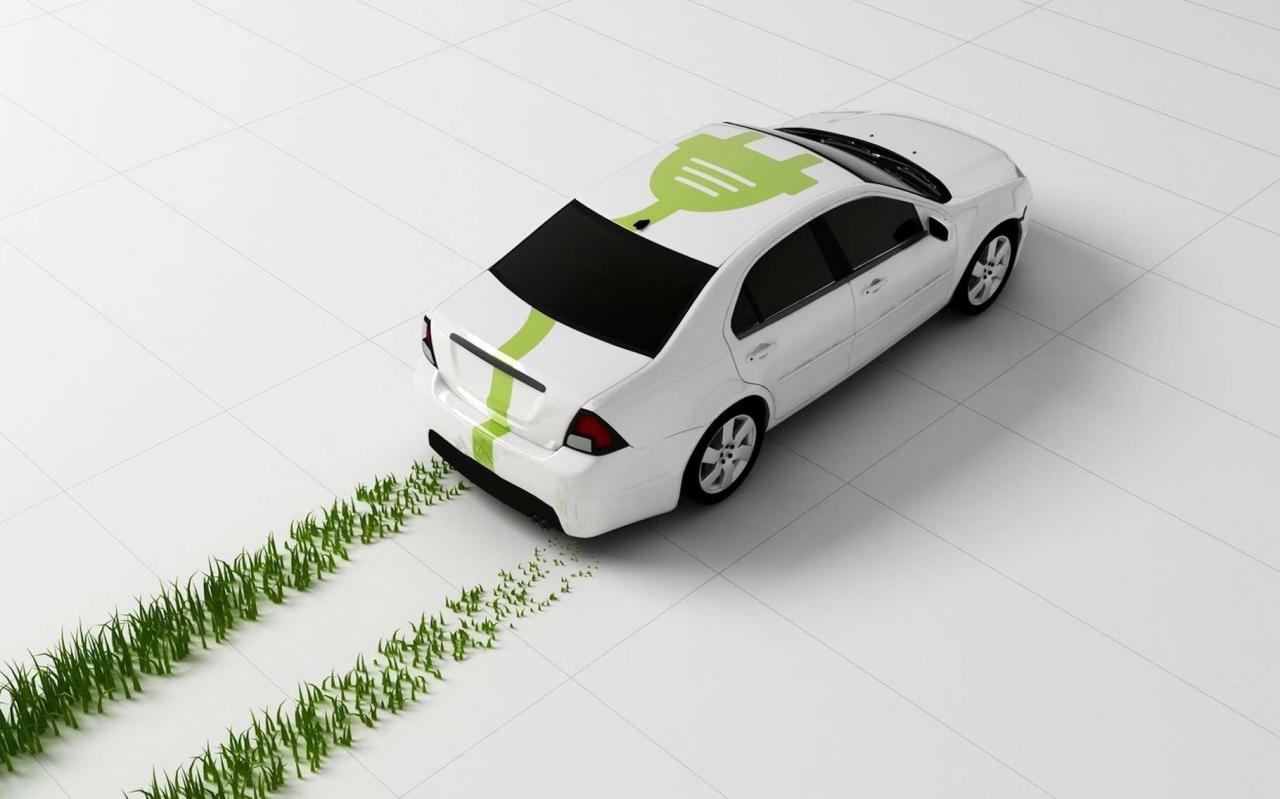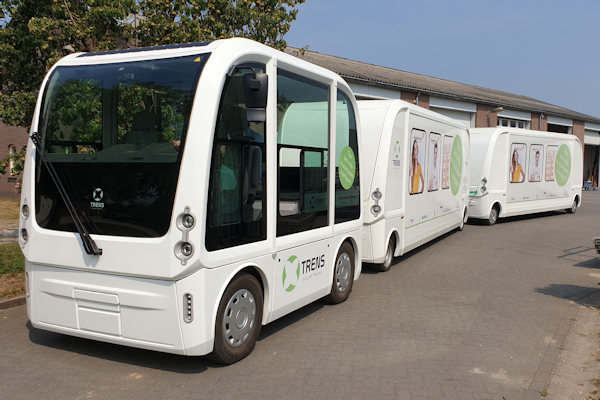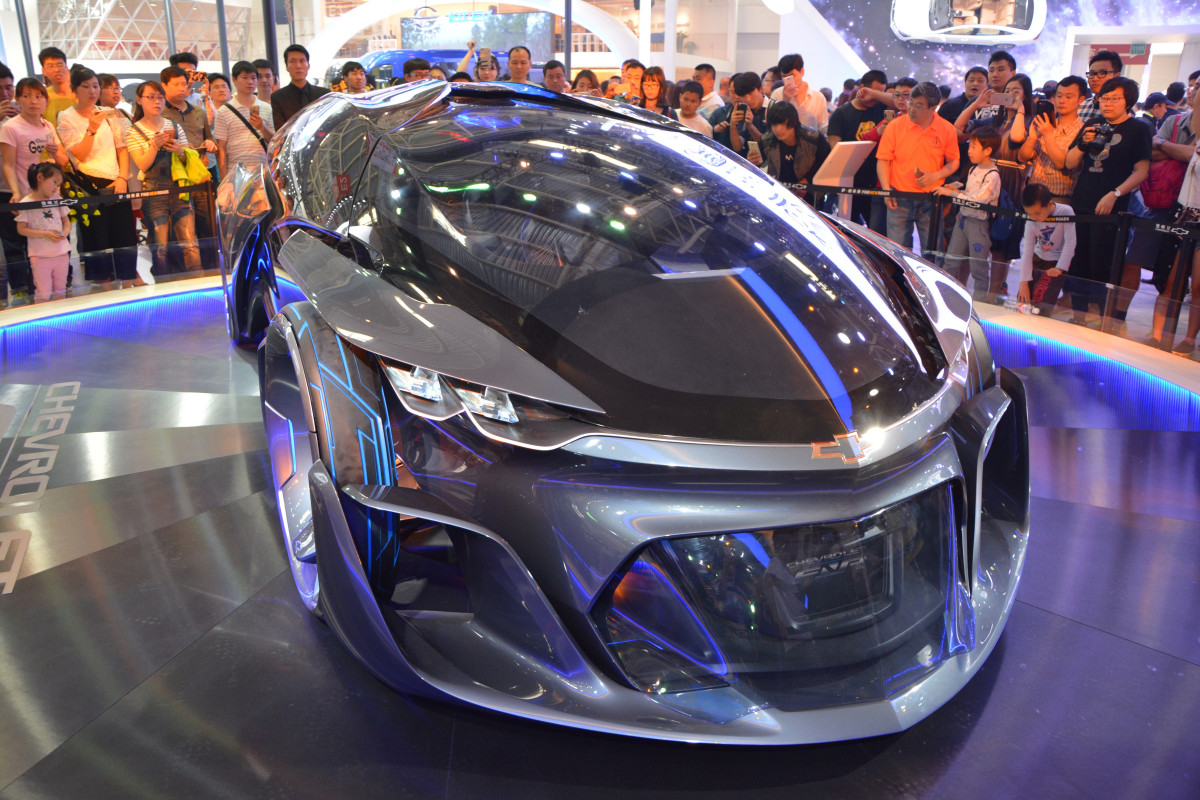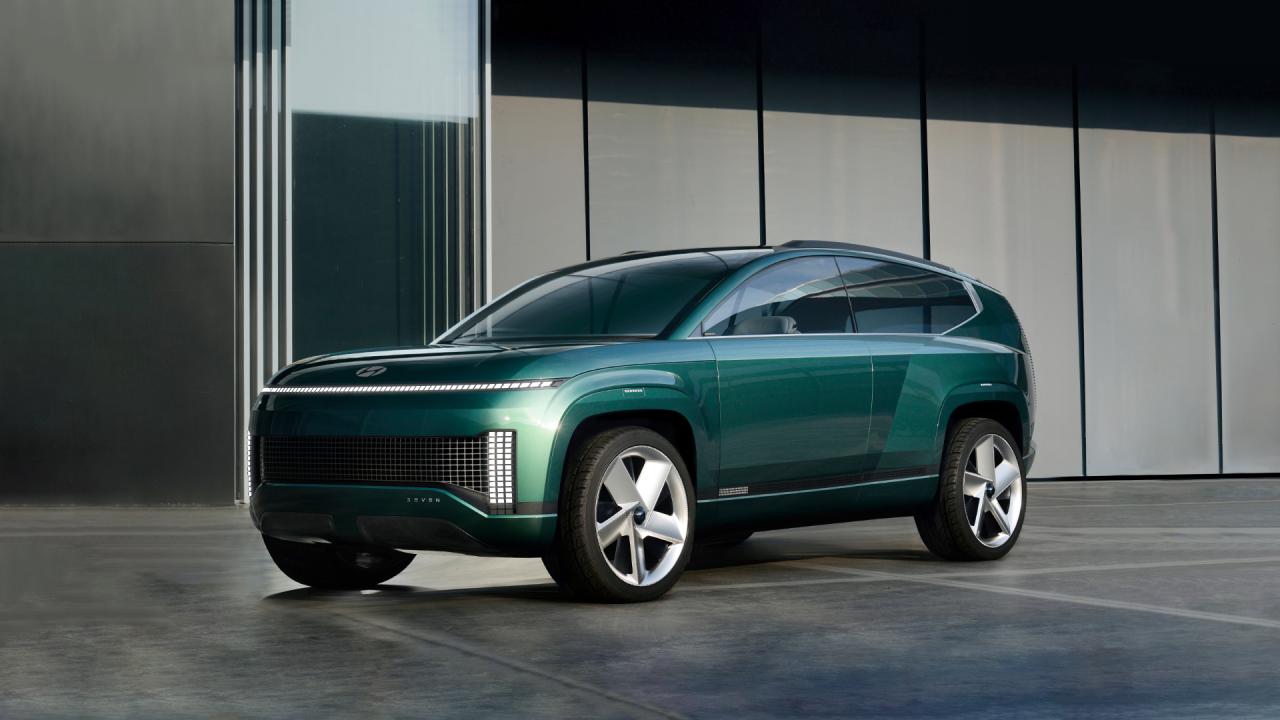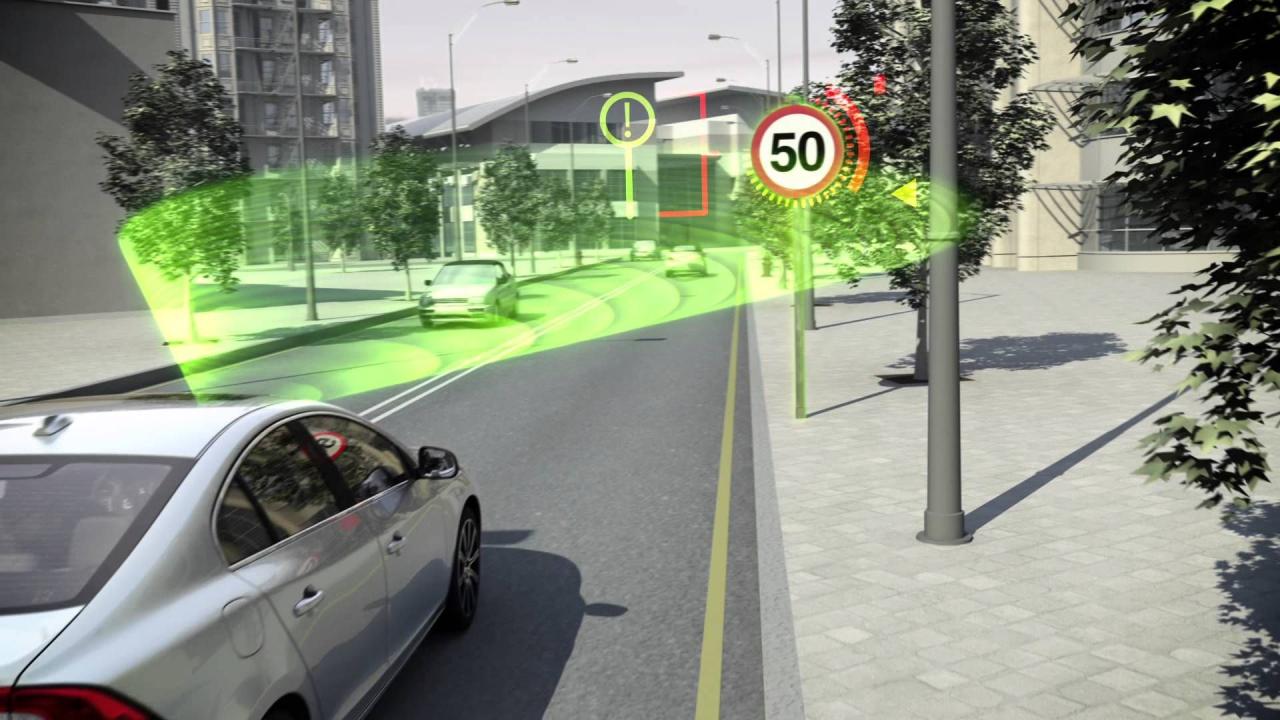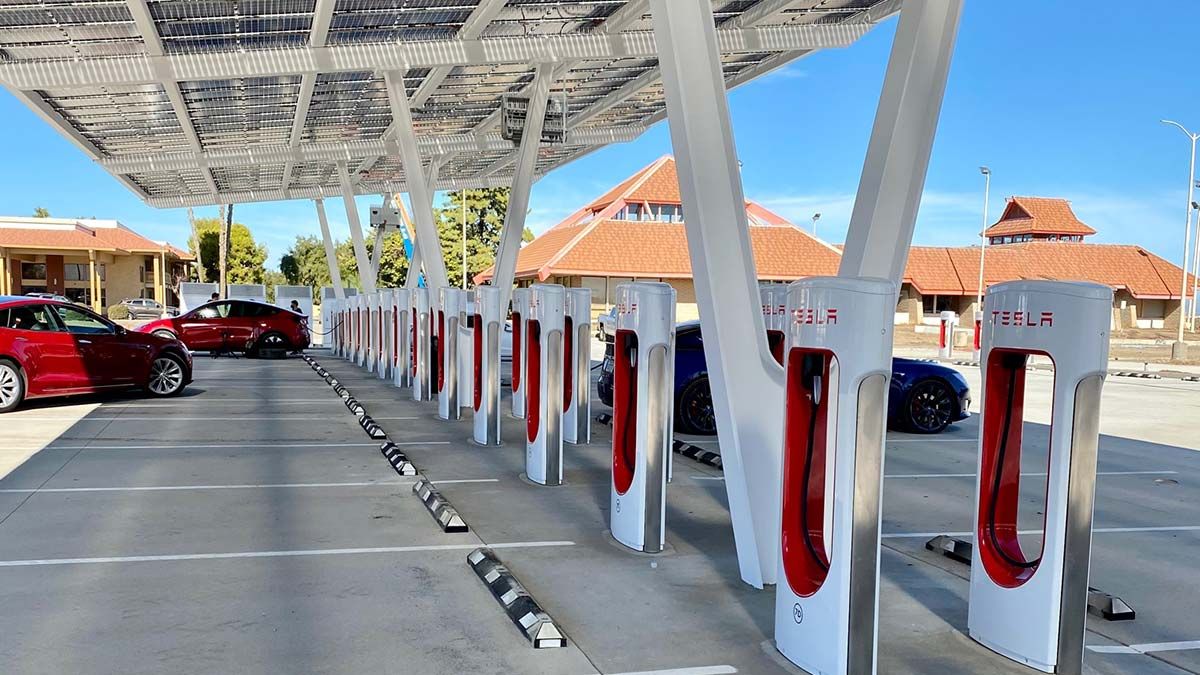Shifting Gears: The Rise of Eco-Friendly Mobility
The global transportation sector, long dominated by fossil fuels and their significant environmental footprint, is undergoing a profound and necessary transformation. Sustainable transport is no longer a niche concept but a burgeoning movement, rapidly gaining traction across continents, driven by urgent environmental concerns, technological breakthroughs, and evolving consumer preferences. This isn’t just about electric cars; it encompasses a holistic reimagining of how people and goods move, striving for minimal environmental impact, enhanced social equity, and greater economic efficiency. From cleaner vehicles and smarter infrastructure to innovative urban planning, the world is collectively shifting gears towards a future where mobility is not just fast or convenient, but fundamentally sustainable.
The Imperative for Change: Why Sustainable Transport Matters
For decades, the convenience and affordability of conventional, internal combustion engine (ICE) vehicles have come at a steep environmental cost. Transportation remains one of the largest contributors to greenhouse gas emissions, air pollution, and noise pollution in urban areas. The reliance on finite fossil fuels also creates geopolitical vulnerabilities and price volatility.
The urgent need for sustainable transport stems from several critical factors:
A. Climate Change Mitigation: The combustion of fossil fuels in vehicles releases vast quantities of carbon dioxide (CO2) and other greenhouse gases into the atmosphere, directly contributing to global warming and its devastating effects, including extreme weather events, rising sea levels, and ecosystem disruption. Shifting to low-carbon or zero-emission transport is crucial for meeting international climate targets, such as those outlined in the Paris Agreement.
B. Improved Air Quality and Public Health: Vehicle emissions, particularly from older or poorly maintained vehicles, release harmful pollutants like nitrogen oxides (NOx), particulate matter (PM2.5), carbon monoxide (CO), and volatile organic compounds (VOCs). These pollutants are significant contributors to respiratory diseases, cardiovascular problems, and other adverse health outcomes, especially in densely populated urban areas. Sustainable transport solutions directly improve urban air quality, leading to healthier communities and reduced healthcare burdens.
C. Energy Security and Resource Efficiency: Over-reliance on fossil fuels, often sourced from politically unstable regions, poses risks to national energy security. Diversifying energy sources for transport, particularly towards renewable electricity for electric vehicles, enhances energy independence. Moreover, sustainable transport promotes more efficient use of energy and resources overall.
D. Reduced Noise Pollution: Conventional vehicles, particularly heavy trucks and older cars, are significant sources of noise pollution in cities, which has been linked to stress, sleep disturbances, and other health issues. Electric vehicles, bicycles, and improved public transport systems are inherently quieter, contributing to more serene and livable urban environments.
E. Enhanced Urban Livability and Social Equity: A transportation system dominated by private cars often leads to urban sprawl, congestion, and a disproportionate allocation of public space to roads and parking. Sustainable transport promotes compact, mixed-use developments, encourages active modes like walking and cycling, and strengthens public transit, making cities more walkable, greener, and ultimately more enjoyable places to live. It also aims to provide equitable access to transportation for all segments of society, regardless of income or physical ability.
The Pillars of Sustainable Transport: A Multi-faceted Approach
Sustainable transport is not a singular solution but a comprehensive strategy built upon several interconnected pillars, each contributing to a cleaner, more efficient, and more equitable mobility ecosystem.
A. Electrification of Vehicles: The Core Transformation. i. Battery Electric Vehicles (BEVs): BEVs are powered solely by electric motors and rechargeable battery packs, producing zero tailpipe emissions. Their rapid acceleration, quiet operation, and lower running costs (due to cheaper electricity compared to gasoline and fewer moving parts for maintenance) make them increasingly attractive. Advancements in battery technology (higher energy density, faster charging, longer range) are continually addressing previous limitations. The global push for charging infrastructure, from public charging networks to home chargers, is crucial for widespread adoption. ii. Plug-in Hybrid Electric Vehicles (PHEVs): PHEVs combine a conventional internal combustion engine with an electric motor and a larger battery pack than traditional hybrids. They can operate on electric power alone for significant distances (typically 30-80 km) before the gasoline engine engages, or use both for extended range. They offer a transitional solution, reducing reliance on fossil fuels for daily commutes while providing the flexibility of gasoline for longer trips. iii. Fuel Cell Electric Vehicles (FCEVs): FCEVs use hydrogen gas to generate electricity in a fuel cell, powering an electric motor and emitting only water vapor. They offer long range and rapid refueling times, similar to gasoline cars. While charging infrastructure for hydrogen is less developed than for electricity, FCEVs are seen as a vital solution for heavy-duty transport (trucks, buses) and long-distance travel where battery weight and charging times can be prohibitive. iv. Other Electrified Vehicles: This also includes electric two-wheelers (motorcycles, scooters), electric buses, and electric commercial vehicles, all playing a role in decarbonizing urban and regional transport.
B. Development of Robust Public Transportation Systems: A cornerstone of sustainable transport is an efficient, accessible, and affordable public transit network. i. High-Capacity Transit: Investment in light rail, subways/metros, commuter trains, and Bus Rapid Transit (BRT) systems allows for the efficient movement of large numbers of people, significantly reducing the number of private cars on the road. These systems typically operate on dedicated lanes or tracks, bypassing congestion. ii. Integration and Intermodality: Seamless integration between different modes of public transport (e.g., easy transfers between bus and train) and with active transport (e.g., bike-sharing at metro stations) is crucial for maximizing convenience and ridership. Unified ticketing systems and real-time information apps enhance user experience. iii. Electrification of Fleets: A growing trend is the transition of public bus and train fleets to electric power, further reducing emissions and noise in urban areas. This also includes trolleybuses and trams that draw power from overhead lines.
C. Promotion of Active Transportation: Encouraging walking and cycling for shorter distances offers significant environmental, health, and economic benefits. i. Pedestrian-Friendly Infrastructure: Creating safe, well-maintained sidewalks, crosswalks, and pedestrian zones enhances walkability. This includes adequate lighting, green spaces, and accessible design for all abilities. ii. Cycling Infrastructure: Dedicated bike lanes (separated from vehicle traffic where possible), bike-sharing programs, secure bike parking facilities, and cycling-friendly urban planning are vital for promoting cycling as a viable mode of transport. iii. Health Benefits: Active transportation directly contributes to improved public health by increasing physical activity levels and reducing sedentary lifestyles.
D. Smart Mobility and Digitalization: Technology plays a crucial role in optimizing transport systems and user experience. i. Mobility-as-a-Service (MaaS): MaaS platforms integrate various forms of transport (public transit, ride-sharing, bike-sharing, car-sharing) into a single, seamless service accessible via a smartphone app. Users can plan, book, and pay for multi-modal journeys, often on a subscription basis, reducing the need for private car ownership. ii. Intelligent Transportation Systems (ITS): ITS uses data and communication technologies to improve traffic management, reduce congestion, and enhance safety. This includes smart traffic lights that adapt to real-time traffic flow, digital signage providing live information, and connected vehicle technologies. iii. Route Optimization and Logistics: For freight and delivery services, advanced algorithms and AI are used to optimize routes, minimize fuel consumption, and reduce delivery times, enhancing efficiency and sustainability.
E. Sustainable Urban Planning and Land Use: The way cities are designed fundamentally impacts transportation patterns. i. Compact, Mixed-Use Development: Encouraging denser, mixed-use neighborhoods where residential, commercial, and recreational areas are close together reduces the need for long-distance travel by car. This fosters walkable communities. ii. Transit-Oriented Development (TOD): Planning and developing urban areas around public transit hubs maximizes the use of public transportation and reduces reliance on private vehicles. TOD typically features higher-density housing and commercial spaces within walking distance of transit stations. iii. Green Infrastructure: Integrating green spaces, parks, and tree-lined streets into urban design makes active transport more pleasant and improves air quality and urban biodiversity.
The Global Traction: Examples of Progress
Across the world, cities and nations are implementing ambitious sustainable transport initiatives, demonstrating tangible progress and setting benchmarks for others.
A. European Leadership: Many European cities are at the forefront of sustainable transport. Copenhagen is famous for its extensive cycling infrastructure and high cycling mode share. Oslo is rapidly electrifying its public transport and private vehicle fleets, aiming to become a fully emissions-free city. The Netherlands boasts an unparalleled network of bicycle paths and infrastructure, making cycling a primary mode of transport. The European Union has also set ambitious targets for vehicle emissions reductions and promotes cross-border high-speed rail.
B. Asian Innovation: China is a global leader in electric vehicle adoption and manufacturing, particularly for electric buses and high-speed rail networks. Shenzhen, for example, has fully electrified its entire public bus fleet and a significant portion of its taxi fleet. Singapore is investing heavily in its Mass Rapid Transit (MRT) system and promoting Mobility-as-a-Service to reduce private car ownership. Japan continues to innovate in high-speed rail (Shinkansen) and hybrid vehicle technology.
C. North American Initiatives: While historically more car-centric, many North American cities are making strides. Vancouver and Portland are known for their commitment to public transit and cycling infrastructure. California is a leader in EV adoption and has set aggressive targets for phasing out gasoline car sales. New York City is expanding its bike lanes and exploring congestion pricing.
D. Latin American and African Progress: Cities like Curitiba, Brazil, pioneered Bus Rapid Transit (BRT) systems, which have been replicated globally. Bogota, Colombia, has also developed extensive BRT lines and cycling networks. Emerging African cities are exploring leapfrogging traditional fossil-fuel-based transport systems directly to electrified public transport and two-wheelers.
Challenges and Hurdles: Paving the Way Forward
Despite the significant momentum, the transition to fully sustainable transport systems faces considerable challenges that require sustained political will, technological innovation, and public engagement.
A. Infrastructure Development: The need for extensive charging infrastructure (for EVs) or hydrogen refueling stations (for FCEVs) is a major hurdle. This includes ensuring grid capacity can handle increased electricity demand from EVs and addressing the equitable distribution of charging points in urban and rural areas. Developing dedicated lanes for public transport and safe cycling networks also requires substantial investment and urban planning.
B. Cost and Affordability: While the long-term running costs of EVs can be lower, the upfront purchase price of new electric vehicles can still be higher than comparable ICE vehicles, particularly in developing economies. Subsidies, incentives, and affordable financing options are crucial for accelerating adoption. The cost of building and maintaining high-quality public transport systems is also significant.
C. Raw Material Supply and Ethical Sourcing: The increasing demand for electric vehicle batteries raises concerns about the supply of critical raw materials like lithium, cobalt, and nickel. Ensuring ethical mining practices, minimizing environmental impact from extraction, and developing robust battery recycling programs are vital for the sustainability of the EV supply chain.
D. Grid Decarbonization: An electric vehicle is only as clean as the electricity that powers it. For EVs to truly be zero-emission, the electricity grid itself must transition to renewable energy sources (solar, wind, hydro). Without a clean grid, EVs merely shift emissions from the tailpipe to the power plant.
E. Behavioral Change and Public Acceptance: Shifting ingrained habits, particularly the reliance on private cars, is a major social challenge. Encouraging people to embrace public transit, cycling, and walking requires not only good infrastructure but also effective public awareness campaigns, incentives, and cultural shifts. Perceived inconvenience or lack of flexibility can be significant barriers.
F. Policy and Regulatory Frameworks: Implementing effective policies, such as emissions standards, clean air zones, congestion charges, and vehicle electrification mandates, requires strong political commitment and often faces opposition from entrenched industries. Consistent, long-term policy signals are necessary to provide certainty for manufacturers and investors.
G. Job Transition and Economic Impact: The decline of the fossil fuel-based automotive industry and related sectors will lead to job displacement. Planning for a just transition for workers, through retraining and support programs, is essential to mitigate negative social and economic impacts.
The Road Ahead: A Future of Integrated Mobility
The momentum behind sustainable transport is undeniable and continues to accelerate. The future will likely see a complex, integrated mobility ecosystem where diverse modes of transport seamlessly complement each other. This includes:
A. Micro-mobility Expansion: The proliferation of electric scooters, e-bikes, and other personal electric vehicles for short-distance travel, seamlessly integrated with public transport. B. Autonomous Electric Shuttles: Driverless electric shuttles operating on fixed routes or on-demand in urban areas, providing flexible and efficient last-mile connectivity. C. Enhanced Freight Electrification: The rapid electrification of trucks and vans for urban deliveries and even long-haul freight, driven by both environmental mandates and operational cost savings. D. Hyperloop and Advanced Rail: Continued research and development into ultra-high-speed rail and futuristic concepts like hyperloop for inter-city travel, offering incredibly fast and low-carbon alternatives to air travel. E. Data-Driven Optimization: Even greater reliance on big data, AI, and machine learning to optimize traffic flow, predict demand for public transport, and personalize mobility services.
Ultimately, sustainable transport is about creating healthier, more livable, and economically vibrant communities. It’s about designing systems that serve people and the planet, rather than being dictated solely by the vehicle itself. The traction gained by this movement signifies a global commitment to a cleaner, smarter, and more equitable way of moving, laying the groundwork for a truly transformative era in human mobility.


